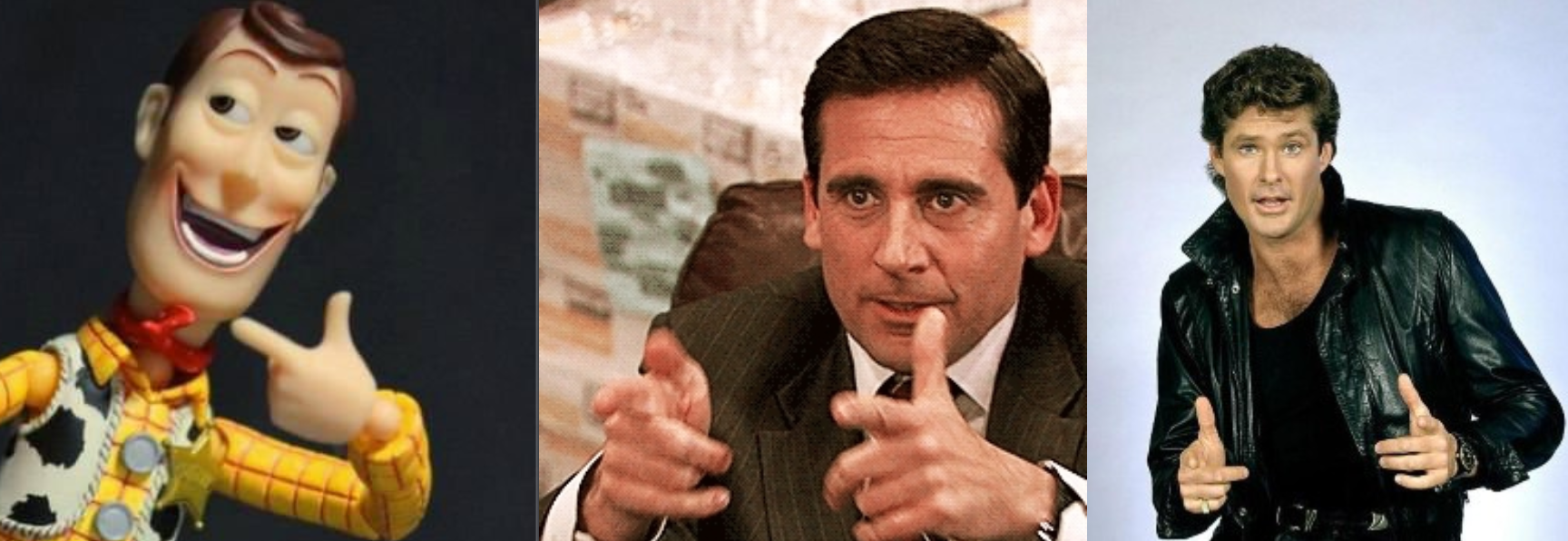How to play John Mayer’s finger style technique as heard on some of his classic hits such as ‘Stop This Train’ and ‘Who Says’.
This right hand technique only uses the thumb and index finger.
This technique can be learned in just 6 steps. The steps themselves are pretty easy to learn, but the difficult thing is keeping the pattern going consistently.
One of the key things to this technique is the percussive slap that happens with the thumb - it’s like a snare so needs to be very consistent in rhythm and have an even sound that cuts through all the other notes.
This picking technique can be used over all chords - I really like using it over G chords.
It’s important to practise the percussive hit on its own a lot as it can easily be forgotten about when all the other steps come in and you don’t want the picking pattern to lose its rhythmic magic.
Pre-step: Thumb Slap
The ‘slap’ is the sound of the string hitting the last fret on your fretboard. It should be made by a quick ‘whipping’ action with the wrist. (This is a small action though, you don’t have to go all Flea from the Red Hot Chili Peppers on it!) Although the action is quite similar to a bass player’s slap technique, we can be a bit more gentle.
Much in the same way you would knock on the body of the guitar with the side of your thumb, you want to turn the wrist into the string and lift it straight off - think of it as spanking the string where the thumb will ‘snap’ back straight after slapping the string.
Notice how accurate you have to be on the A and D strings, they also give a slightly thinner sound because the strings are thinner. The easiest string to get the percussive slap on is the E string. With some practice though, you can achieve a pretty even slap sound across all three strings.
Practise this exercise to a metronome, about a million times. You want to really imbed the slap into your muscle memory so when we add the next parts your thumb will automatically do the slap.
Now that you’ve practised that a million times, let’s move on to step 1…
Step 1: Thumb & Finger Pinch
Nice easy first step! We’ll be simply picking the thumb and index finger in beat 1.
Top Tip: get your middle, ring, and pinky fingers out of the way, fold them away into your palm so your hand looks like it’s giving finger-guns to someone.
For this exercise, we’ll be doing our thumb & finger pinch, and adding that percussive slap on beat 2 as well:
To add a bit of harmony to the exercise, and to further practice that thumb slap, this exercise travels up and down the low E, A, and D strings on fret 3. The index finger plays the G string the whole time.
Notice how close the thumb and finger are on bar 5 when you play the D and G strings - you can create space between them by moving the thumb towards the fingerboard and the index finger back towards the bridge, so your hand looks more like a Fonz thumbs up. This way they can pass each other when playing - this is a very similar technique to the Eric Clapton single-note finger style technique, where he uses his thumb and index finger to play his solos on acoustic guitar. Check out his solos on his ‘Unplugged’ video on YouTube for examples on this technique.
Ok, on to step 2, this one’s a bit trickier…
Step 2: The Slap-Flick
This is one of the main ways that this technique sounds so full, even though you’re only using your thumb and index finger.
At the same time as you do the percussive slap with the thumb, your index finger flicks a little down-strum across the G, B, and high E strings using the finger nail.
Now, this isn’t a super-powerful ‘flick-the-fly-off-the-muffin’ flick, in reality a lot of the momentum is carried by the wrist with the slap, the index finger only moves about 1cm.
It’s important to get the volumes right when practising step 2; you don’t want the index finger flick to be louder than the slap, also, be very conscious not to lose the slap and slap too gently, this can easily happen because your concentrating so much on the index finger.
The slap-flick should be one movement, so work on the hand doing the slap and the flick all at once with a single wrist turn and a slight outward movement of the index finger.
This exercise uses two chords; G and Cadd9. Beat 1 uses the ‘finger pinch’ and Beat 2 uses the ‘slap-flick’.
This next exercise repeats the pattern on beats 3 & 4, creating a consistent pattern. The slap-flick is tricky to get consistent, remember to practice it a million times before moving on, this is the hardest step, but the step that really makes this technique work.
Step 3: Finger Pluck
This next step is a single pluck with the index finger.
So, right after the index finger has flicked down, it comes back up plucking a single string.
In the John Mayer songs, he mostly does this on the high E string, but because we want to really internalise this technique so we can use it over any chord progression, it’s a good idea to practise this pluck on the B and G strings too.
This pluck happens on the ‘and’ of beat 2.
Now this is where that percussive hit can really get forgotten about, so this exercise adds an extra percussive hit on beat 4 to remind you. This also keeps the rhythm going.
Let’s add that Cadd9 chord in there now. Remember to practise using your metronome.
Now, let’s do the finger pluck on the B string. Notice how you will have to do a smaller flick to get the index finger onto that B string, effectively leaving out the high E string.
Step 4: Bass Note on Beat ‘3’
After the pinch, the slap-flick, and the pluck, comes a bass note. You just play this bass note with the thumb.
This bass note happens on beat 3, it’s a very common bass line to play on the 1 & 3 of the bar, like a drummer’s kick drum. This also leaves beats 2 & 4 free for the snare.
This exercise adds the bass note on the next 8th note after the finger pluck, the John Mayer Fingerstyle Technique is really taking shape now and filling up.
It’s getting a bit more involved now however so it’s very important to play this exercise a million times round over your next few practice sessions. Remember this is a technique that takes time to perfect so do be disciplined with practising the steps up to this point.
I keep saying it but this is where that percussive thumb slap can really get forgotten about because there is a lot of other stuff going on. When playing, make sure to listen out for that slap - you should always be able to hear it clearly.
Let’s try this with a different chord; Dsus2. Dsus2 is the first chord of ‘Stop This Train’ and ‘Who Says’.
Notice how your hand position will change because there is less space and your first step now plays the D and B strings. Also, notice the slap sound - sounds thinner yes? A little more difficult to get cutting through? It requires more accuracy and a little more power than playing the bass notes on the E and A strings so you might want to play this exercise a couple of million times, really aiming to get that D string slap to cut through.
Step 5: Another Finger Pluck
We’re nearly there! On the next 8th note after your bass note comes a single finger pluck - this usually happens on the G string.
The thing to look out for in this step is that second percussive hit on beat 4, as in all the previous steps there’s been a nice gap before doing that second percussive hit. Now, because this finger pluck happens on the ‘and’ of beat 3, that hit is going to come right on the 8th note afterwards.
This is where you might want to give yourself a bar’s rest in-between the exercise to give your brain a bit of breathing space.
Now, let’s get rid of that bar’s rest so it’s a continuous cycle:
And let’s try it with John’s Dsus2 chord:
Step 6: One Last Slap-Flick
Now, you may have already worked out that this is is the final step to the John Mayer Fingerstyle Technique, one final slap-flick on beat 4. This last step completes the pattern!
As I said at the beginning, learning these six steps is not too bad, the really tricky bit is playing it round and round consistently and solidly, those bass notes need to come exactly on beats 1 and 3 and those slap flicks need to come exactly on beats 2 and 4, the volume needs to be consistent every bar, and the 8th notes can’t be rushed.
This is where it’s a very good idea to give yourself a bar’s grace. I like to put in those two bass notes and those percussive hits in the grace bar though, so this exercise effectively combines the pre-step with step 6.
Remember to pop on your metronome and remember to focus the learning onto those percussive hits!
Let’s try that with the Dsus2 chord now:
Let’s combine the Dsus2 with G now:
Let’s do the pattern with no gaps now - a continuous loop of John Mayer awesomeness. Here it is with the Dsus2 chord - just like ‘Stop This Train’.
Here’s the pattern using the G chord:
Have a go with the E chord now:
How about this A chord pattern changing from A, to Asus2, to Asus4, and back to A:
Conclusion
I hope you have enjoyed working through this technique and hopefully you will be well on the way to becoming a master of this technique. It’s so versatile and can be used over any chord and always sounds fantastic.
If you would like to learn more about this technique, or other fingerstyle patterns, please consider booking a 1-2-1 lesson with me through my website. Lessons are conducted over Zoom, or if you live local to St Albans, why not pop in for a face-to-face lesson. I would be happy to show you more ways to use this technique, help you how to play John Mayer songs, plus so much more.
Toby




















